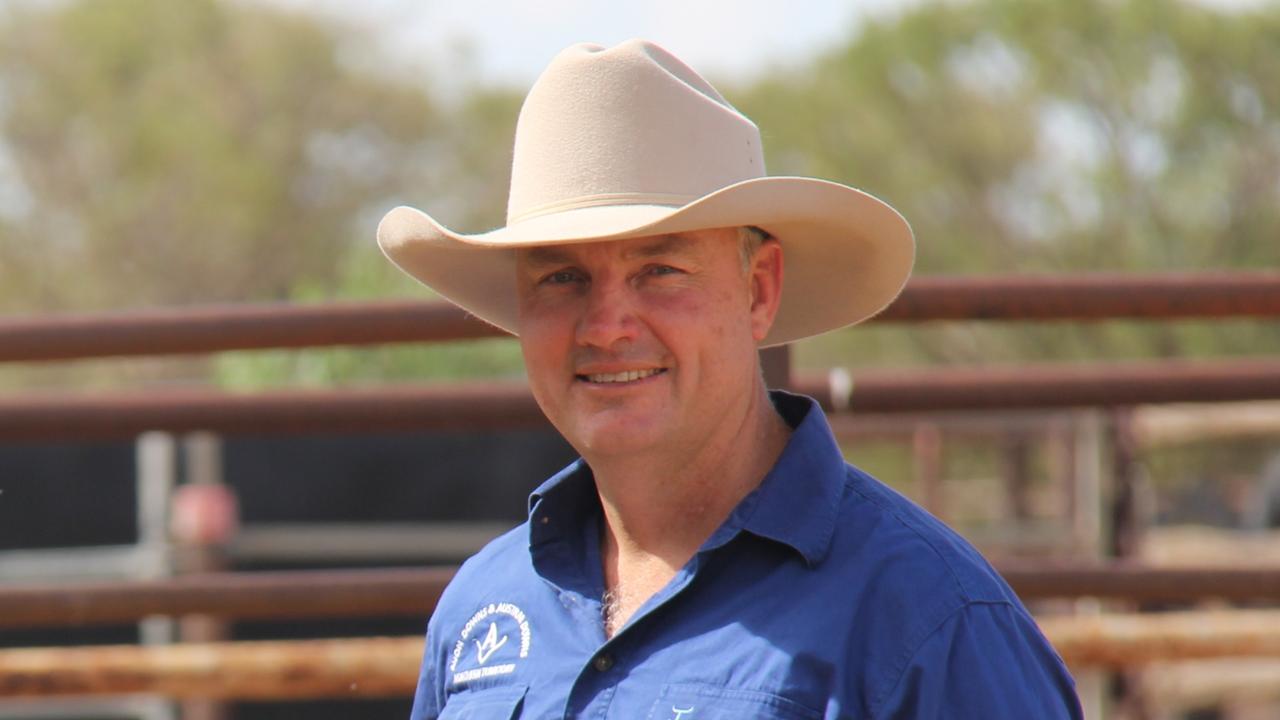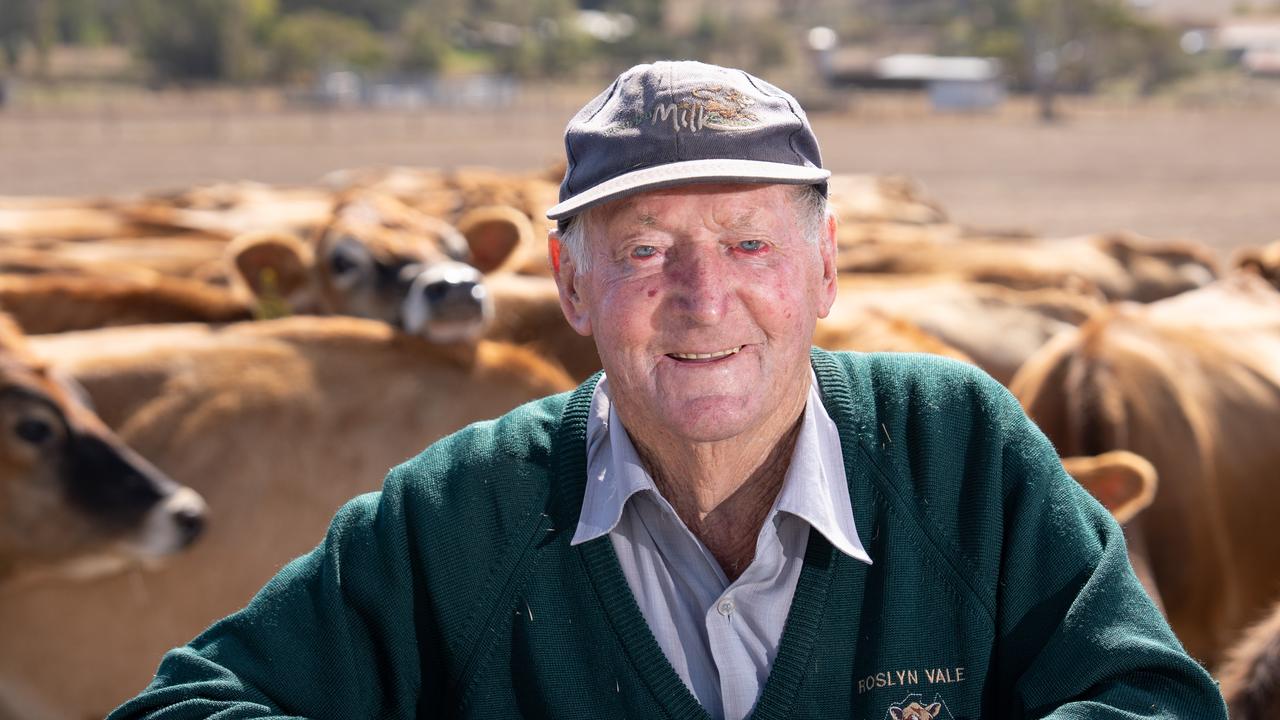King Island: The new home of locally sourced, sustainable food
Producers are flocking to this island mecca in Bass Strait and foodies are hot on their heels, driving property prices sky high.
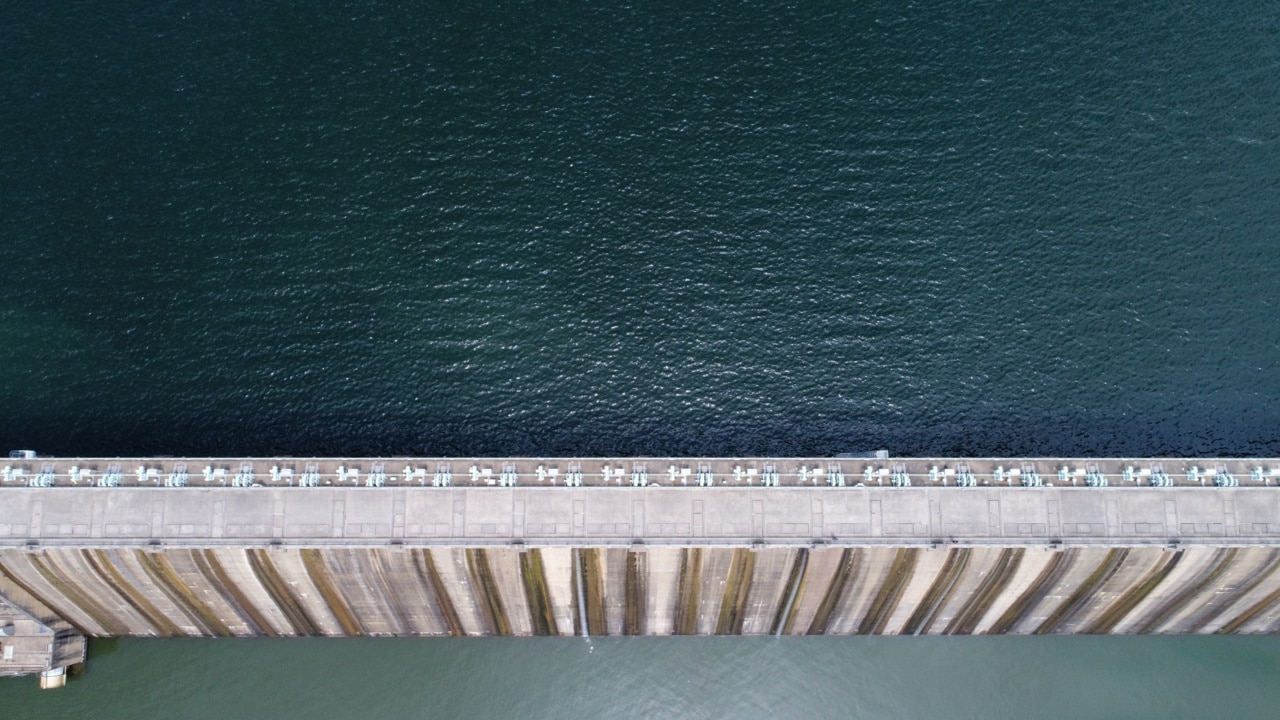
It was while visiting the remote Isle of Mull in western Scotland where his forebears once lived, that young King Island farmer Tom Shaw had something of a revelation.
For a start, the Inner Hebrides island looked just like his home.
Brightly coloured fishing boats bobbed in its small, sheltered harbours, wild kelp was being harvested off its jagged rock shelves, Angus cattle and sheep dotted its flat grassy farms and its cheddar cheese was renowned.
“Even the weather was bad, just like home,” Shaw recalls with a laugh, of his 2010 Scottish trip.
But it was while touring the local Tobermory distillery that Shaw listened with increasing disbelief as the guide attributed the fame and quality of Isle of Mull’s award-winning smoky single malt whisky to the island’s uniqueness.
He claimed there was nowhere else in the world with the same pristine environment, windswept climate, salty sea breezes, deep dark peat soils, bountiful green grass and pelting rain. And hardly any people.
“I said, no, King Island has got all that and more,” Shaw says. “It seeded the idea that 12 years later – after plenty of ups and downs, a lot of money and a whisky making course – has now become the new King Island Distillery.”
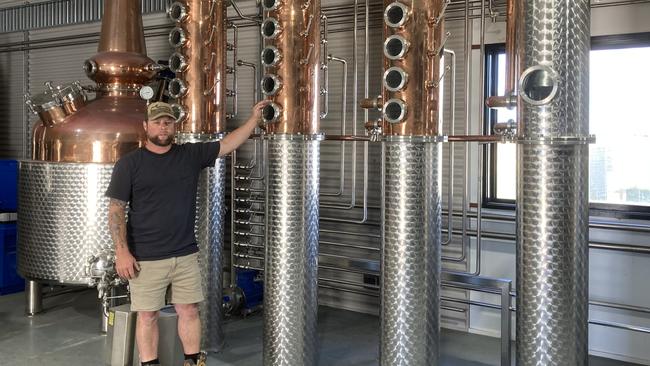
As Shaw explains how it all started – surrounded by builders, construction equipment and, inside the temporary corrugated iron shed, shiny new distilling stills and vats – barley specially grown on his King Island farm for the past two seasons is being stored in nearby silos.
Head distiller Shaw and King Island Distillery owner Vaughan O’Connor are committed to all the ingredients used in their spirits preferably being grown or found on King Island. That means sourcing native botanicals such as King Island pepperberry, kunzea and native juniper for their gin, uniquely using fermented whey leftover from making cheese at the famous King Island Dairy for the vodka, and digging and burning peat and malting their own locally grown barley for the premium whisky range.
The first whisky, gin and vodkas under the King Island Distillery Bass Strait brand will be distilled by Shaw during autumn, with the whisky stored in oak barrels for maturing and the white spirits released almost immediately. Exports to mainland Australia and overseas are the focus, producing 300 barrels of whisky a year, aged for up to 12 years.
“King Island has a world-renowned provenance for the quality and uniqueness of its food and produce; like the provenance of the Champagne region of France,” says managing director O’Connor, who has invested more than $2 million into his King Island Distillery venture.
“To be marketed and branded as King Island, I’m a firm believer that any product with that label must be grown, found, produced and manufactured 100 per cent on the island; otherwise it does not deserve that special name.”
As O’Connor says, the cachet that accompanies the King Island brand has never been stronger.
In an era when consumers are looking for locally produced, clean, green, safe and sustainable food traceable to its source, the small Bass Strait island halfway between Victoria and Tasmania could not be better placed.
Its image – whether used for marketing its two world-class coastal golf courses or its famous food brands such as Saputo’s King Island Dairy cheeses and or JBS’s King Island beef brand – is all about its lush, pristine environment.
The best part, says Ian Johnson, long time King Island chef and foodie whose renowned Wild Harvest restaurant above Grassy Harbour was recently voted the second-best restaurant in Australia by TripAdvisor, is that the reality more than matches the image.
The island is home to just 1500 people, but more than 110,00 cattle. It produces more than a quarter of Tasmania’s total beef output and a third of its rock lobster exports. With rainfall of more than a metre a year, no frosts and a mild climate, it is probably the best place to grow grass and raise livestock in Australia.
“I like to call King Island the gourmet island; it’s extraordinary that such a small island can produce food with such amazing reputation,” says Johnson, who has lived on King Island for 46 years of his six decades.
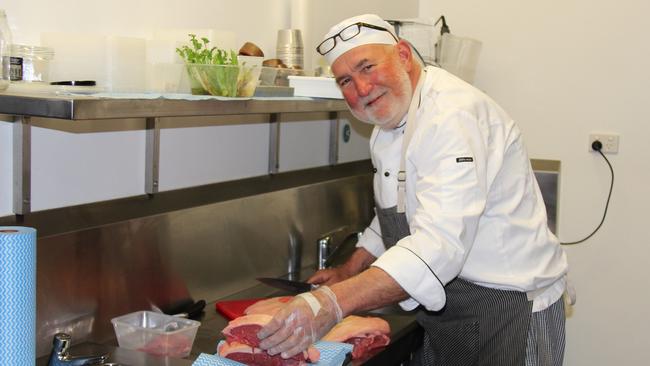
“What a great story our dairy is, supplying King Island cheeses to Coles and Woolworths around Australia and to the world, while our grass-fed beef is undoubtedly the best.”
Johnson’s restaurant features local-only crayfish, beef, wallaby, lamb and fish, served with locally grown garlic and vegetables and topped with rare ingredients such as forest-foraged wild mushrooms.
“Where else can a chef tell his customers with complete honesty that he personally knows every farmer and fisherman who supplies his restaurant?” he asks.
Just why and how a small isolated Tasmanian island in Bass Strait – a mere 70km long and 25km wide – produces high-quality produce is a question with many answers. Dairy farmers Phil and Kelly Lancaster are convinced the key lies in the salty mists and sea sprays that blow across the island’s grassy flats, coming out of the west.
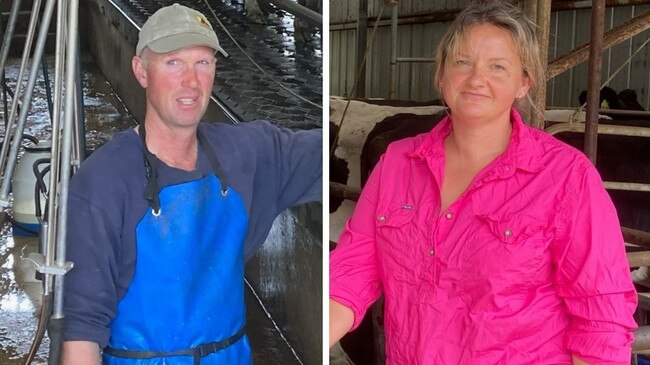
Milking 160 cows daily, the Lancasters operate one of six remaining dairy farms supplying King Island Dairy (owned by Canada’s Saputo corporation), with milk for its famed cheeses such as Lighthouse Blue brie and Roaring Forties Blue.
“It’s an ideal climate for growing grass but I don’t think that’s the whole story,” says Phil Lancaster, who farms without chemicals and, like all King Island farmers, feeds only grass and never grain to his treasured cows.
“We all have Jersey-cross cows for the higher fat content but that’s doesn’t explain the difference in the creamy milk and the creamy cheeses we can produce on King Island, compared to other places.”
Kelly Lancaster, who also grew up on King Island, is equally certain it is about the island’s special environment.
While King Island Dairy’s cheesemaker Ueli Berger is one of the best in Australia, Kelly says the quality of the cheeses he produces has to come back to the special nature of the milk.
“For milk, it’s all about the soil, the water and the grass, and on King Island that means sea spray and a gentle regular drift of salt on to the pastures,” Kelly says.
Sheep farmer and Angus beef producer Robbie Payne, who farms 2000 hectares in the island’s north, is proud of King Island’s reputation but worries its gourmet crown might be slipping post-Covid. Payne is concerned that with 10,000 lambs and 40,000 cattle sold annually from the island, and no large-scale local abattoir left, the strength of the King Island brand is waning as many cattle are sent off the island to Greenham’s meatworks at Smithton to become generic but highly priced Cape Grim Beef from northwest Tasmania.

“We’ve lost a little bit of our impetus when it comes to King Island beef and lamb; cheese is going OK but I’d say for the rest it has been a rolling game of decline because our volume is not enough to maintain a national and international market presence,” Payne says.
“The problem as always is that without a major new abattoir here, it is expensive to move livestock off the island.”
But, like the new arrivals of corporate investors and interstate cattle families chasing solid and certain rain, he can’t fault the island’s moderate climate.
“The livestock never experience a setback from the day they are born to the day they are sold, so the meat will always be juicy,” says Payne, who sends finished steers to Port Welshpool in Victoria east of Wilsons Promontory, and to Tasmania’s two big meatworks, Greenham’s and JBS Longford.
For former western Queenslander Anita Poulsen, King Island’s appeal is “all about the rain”. In 2017, the entire Poulsen clan swapped their 50,000 hectares of dry mulga scrub west of St George, for 2000 hectares of prime King Island farmland.
“We moved here for the rain; we were just so sick of endless drought, skinny cattle, feeding out every day, and worrying about water,” Anita says, showing off her new fat Angus cattle.
On their St George property, where the rainfall was 450mm a year and often didn’t fall, the Poulsens ran a breeding herd of 2700 cows on 50,000 hectares. On their King Island farm, which last year had 1300mm of rain, they can run 2500 cows on just 5 per cent of the same land area as St George.
“Everything is so different here; we’ve had to learn about utilising every bit of grass to its max instead of conserving every blade, how to deal with mud, no longer needing to feed grain, how to make silage and use electric fences, and how important shelter belts are from the wind and cold,” Anita says.
“But we wouldn’t change it at all. Here the grass will always grow, the rain will always fall, you can fatten cattle 12 months of the year, we are part of a terrific community and our meat is recognised as part of a premium brand and market.”
Paul Daniel is leaning on his trusty hoe, watched by his even more-trusting Maremma guard dog, and literally surveying the fruits of his labour. It is nearly 15 years since Daniel and his wife, Cynthia, moved from Melbourne back to his childhood home of King Island, with a wish and a will to grow great local fruit and vegetables for the island community.

Now his seven-hectare plot has been turned into a gardening paradise. Once-thin sandy soil has been mixed with organic matter, biodynamic 500 nutrients and local decayed seaweed to be transformed into fertile soil ideal for vegetables.
“It was always the plan to grow great food for the local community, shops and restaurants here; it seemed terrible to me that a place so fertile and so known for the quality of its produce had to rely on fruit and vegetables brought in from the mainland or elsewhere by local supermarkets,” Daniel says.
His King Island garlic is for sale regularly at South Melbourne Market, local families buy direct from his farm and restaurateurs like Ian Johnson delight in the quality, sustainability and low food miles of his vegetables.
A similar boom in local produce is occurring across the island. Beekeeper John Bennett currently supplies locals with his own fresh honey, while Sydney-based Rod Skellet is distributing hives across the island to turn into branded King Island Pure manuka honey to sell across Australia.
Carmen Holloway is growing King Island garlic and avocados on her family farm, Frogshack Walk. Donna and Max Summers – who run the major rock lobster marketing and exporting business on behalf of local fishermen – is growing juicy oysters at the mouth of the Sea Elephant River.
All are built on the strength of locally grown ingredients; a challenge that faced enthusiastic Corey and Sarah Brazendale when they decided to establish the King Island Brewhouse a year ago producing locally made beer and cider.
It was a huge leap of faith for the young couple – a King Island-born scientist and a mechanic who met on the boat heading for a stint in Antarctica – who moved back to a small farm on the island in 2015.
“I was home brewing and the more I thought about it, I realised there were plenty of beer drinkers on King Island … but no local King Island beer,” Corey says. “It all started as wanting to do something for our home community … then tourism was to be the cream on the top.”
The Brewhouse is now in full production, making 23 craft beers under the distinctive KIB logo, featuring the tentacles of a sea monster encircling Cape Wickham lighthouse.
While malt barley, grain and yeast for the beer are sourced from Tasmania and NSW, a traditional cloudy cider or “scrumpy” is made using some old variety of cider apples found growing on the nearby Vokes farm. In a further piece of serendipity, last year an ageing farmer from one of the original “shipwreck families” on the island, Peter Boling, contacted the Brazendales to let them know of century-old hops growing on his family farm, which were harvested last April to make an extraordinarily special 500-litre King Island fresh hop brew.
Local tourism figure Caroline Kininmonth is certain King Island’s specialness owes even more to the many shipwrecks along its west coast in the 1850s and 60s.
Kininmonth tells of how the forlorn straw mattresses washed up on the beaches after the shipwrecks contained melilot, a type of sweet clover that is now found nowhere else in Australia but on King Island.
“That’s the secret to the wonderful grass and the happy cows here; melilot combined with the salt air is the basis of the quality pastures,” Kininmonth says.
King Island’s growing reputation as a gourmet farming and food hub is also starting to attract increasing numbers of tourists to its wild shores. Interestingly, it has been well-heeled golf players who have pioneered the way in the past five years, with King Island’s sandy dunes having been transformed into two of the best and most challenging golf courses in Australia.
With golf parties flying in regularly has come both more frequent flights and a boom in its accommodation and restaurant scene.
“More people are coming to King Island to grow food because they want to farm in such a fresh, clean and pristine place, and that means different sorts of beautiful local produce is now available,” Kininmonth says.
While King Island’s tourism sector has been badly hit by the pandemic – as part of Tasmania it has been effectively closed for nearly two years to interstate visitors – the message from chair of King Island Tourism Adam Hely is that its doors are open and tourists are more than welcome.
“King Island is a strong place and the community is so resilient, open and welcoming to visitors,” Hely says.
“Tourists are already coming in again now we are open, and interest in King Island has never been stronger; we are lucky too that we have the ‘brand’ from our cheese and beef that means King Island is a place most Australians will have heard about, even if their don’t know where it is until they visit.”



